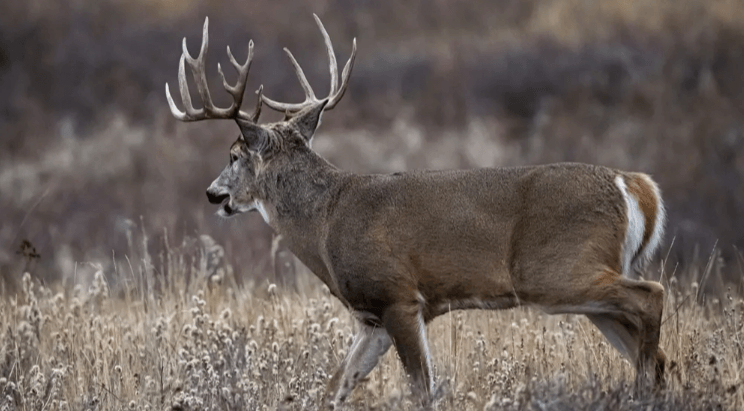Deer:6dp7xhguesa= Big Buck

The significance of Deer:6dp7xhguesa= Big Buck extends beyond mere trophy hunting; they play a critical role in maintaining ecological balance. Their antlers serve not only as indicators of health and age but also as tools in the competitive dynamics of the rutting season. Understanding the habitats and behaviors of these mature males is essential for both hunters and conservationists alike. However, the complexities of their social structures and the impact of environmental factors on their well-being raise important questions that merit further exploration. What insights can be gained from studying these majestic creatures in their natural settings?
Understanding Big Bucks
Understanding big bucks is essential for both wildlife enthusiasts and hunters, as these mature male deer represent not only a pinnacle of hunting success but also a crucial aspect of deer ecology.
Their antler growth is a significant indicator of health and age, influenced by factors such as nutrition and genetics.
During the rutting season, big bucks display competitive behaviors that impact population dynamics and breeding success.
Habitats of Big Bucks
The habitats of big bucks play a pivotal role in their growth, behavior, and overall survival.
These environments are characterized by abundant food sources, such as acorns and browse, which are critical for sustenance.
Additionally, big bucks establish seasonal ranges that vary with changes in habitat, enabling them to adapt to environmental conditions and optimize their feeding opportunities throughout the year.
Read Also Kawaii:Mbhyq_So4dm= Anime:-Mge-21qb80= Cute Wallpaper
Behavior and Patterns
Big bucks exhibit distinct behavioral patterns that are crucial for their survival and reproduction.
Their mating habits are characterized by aggressive competition during the rut, influencing social hierarchies.
Additionally, seasonal movements are essential as they migrate to areas with abundant food and shelter, adapting to environmental changes.
Understanding these behaviors provides insight into their ecological role and informs conservation efforts.
Hunting Strategies and Tips
Successful hunting of big bucks often requires careful planning and an understanding of their behaviors and habitats.
Employ effective tracking techniques to identify trails and feeding areas.
Additionally, practice scent management by using odor-free clothing and employing cover scents to mask human smells.
Conclusion
In the intricate dance of ecosystems, the pursuit of Deer:6dp7xhguesa= Big Buck often appears to be a contest of skill and strategy; however, the true victor is the balance of nature itself. While hunters seek to claim the trophy of a mature male deer, it is the careful management of habitats and understanding of behaviors that ultimately sustains their populations. Ironically, in the quest for dominance, the preservation of these majestic creatures emerges as the most significant prize.






